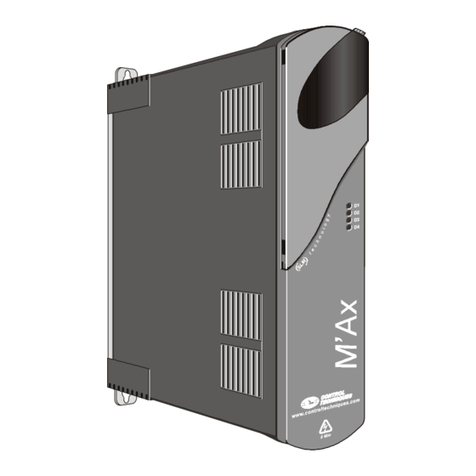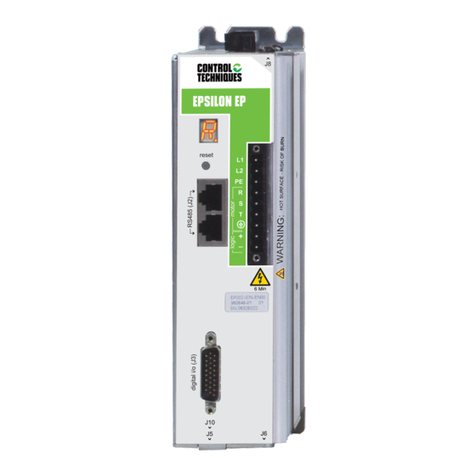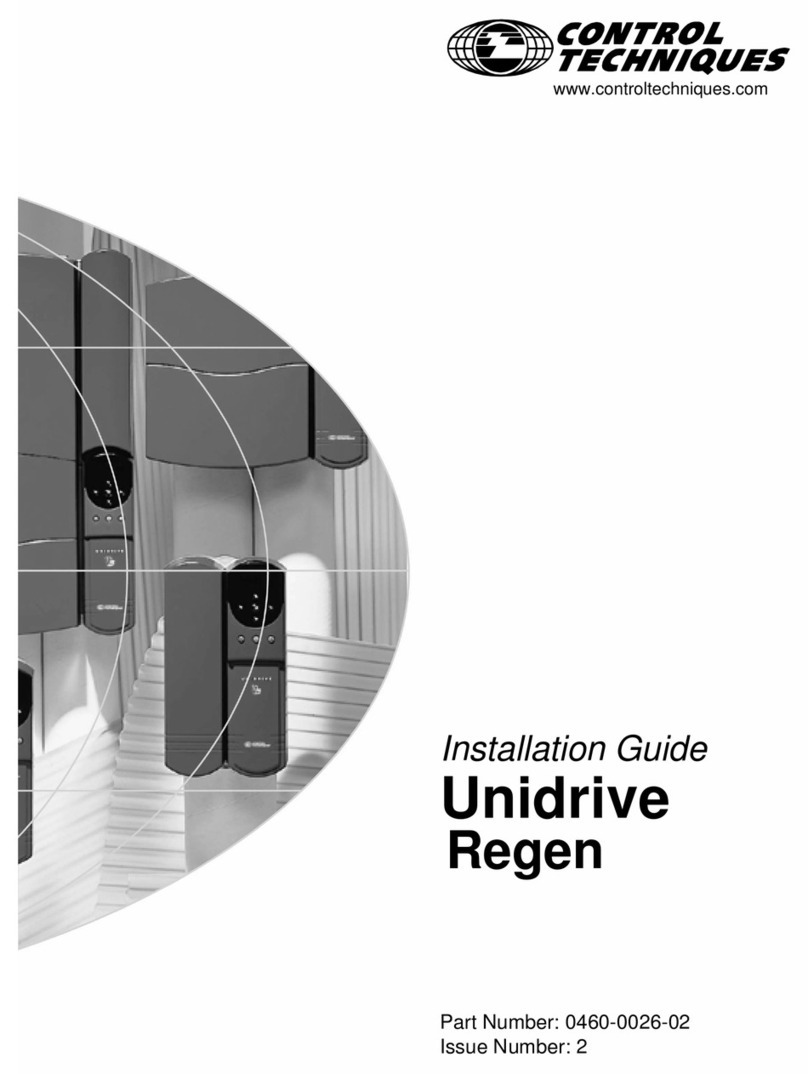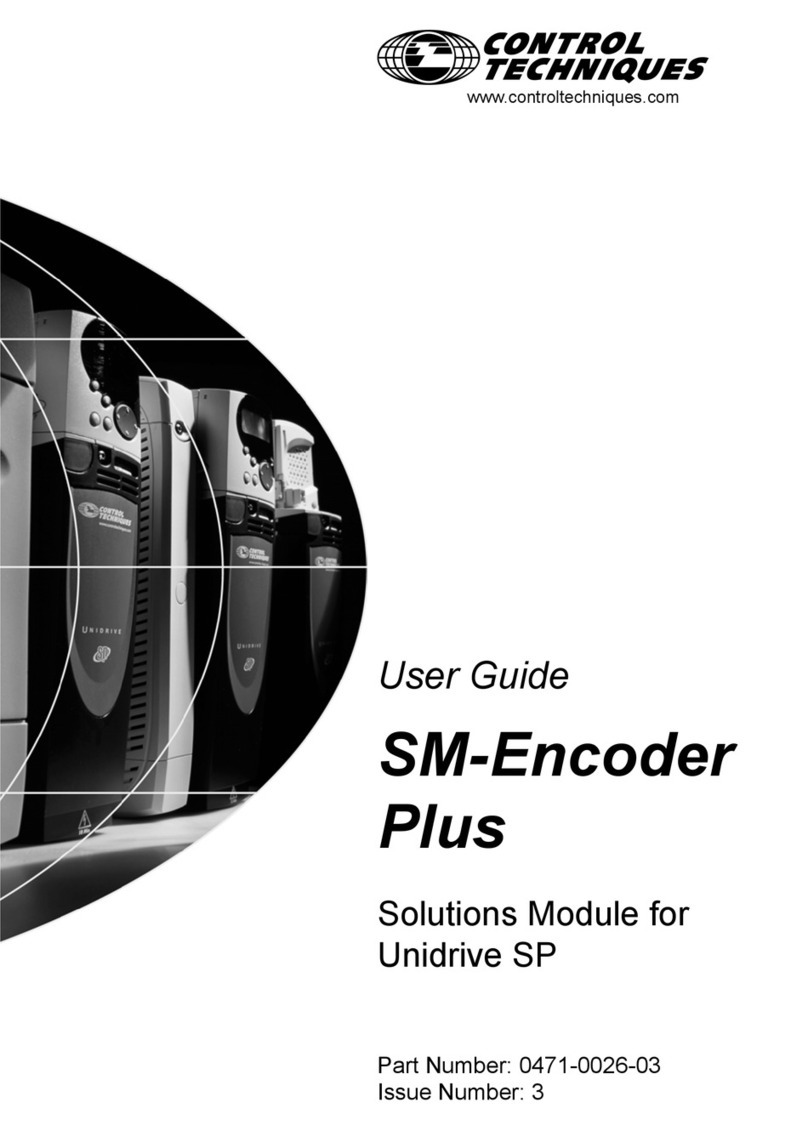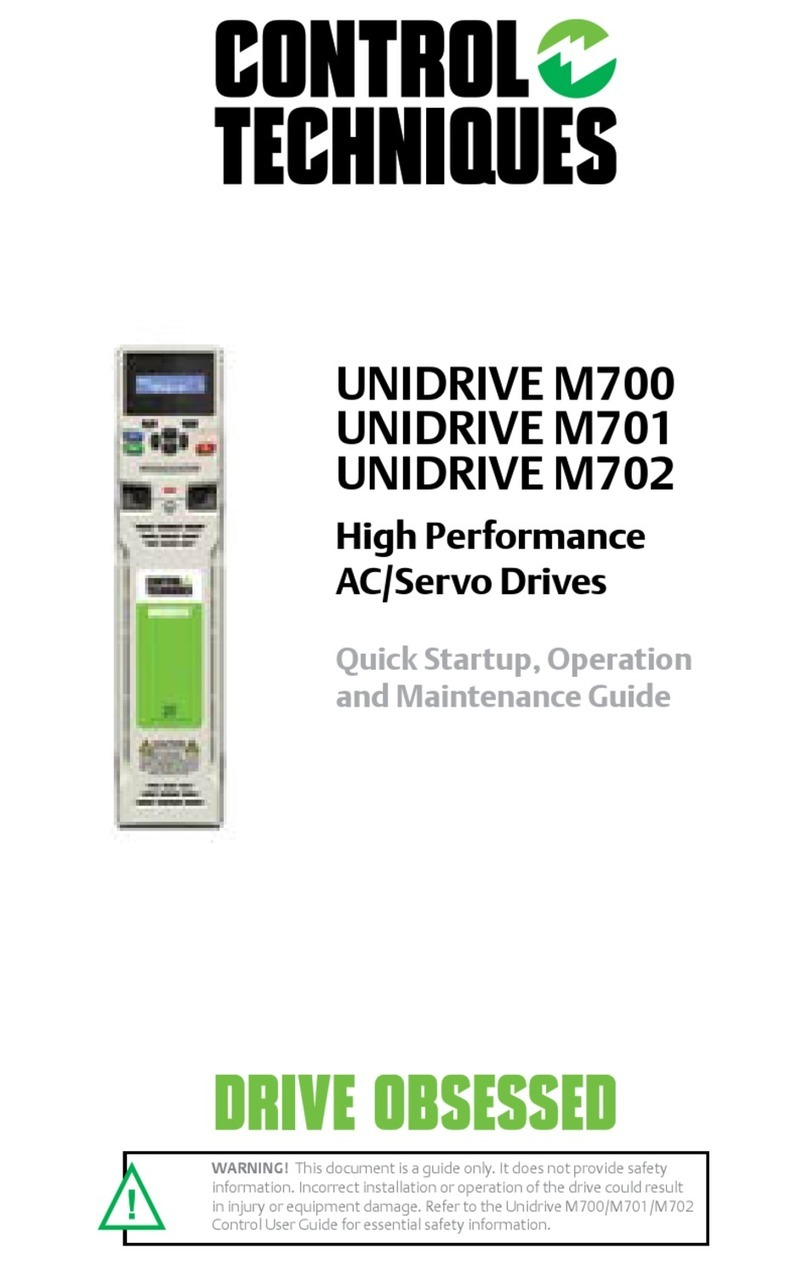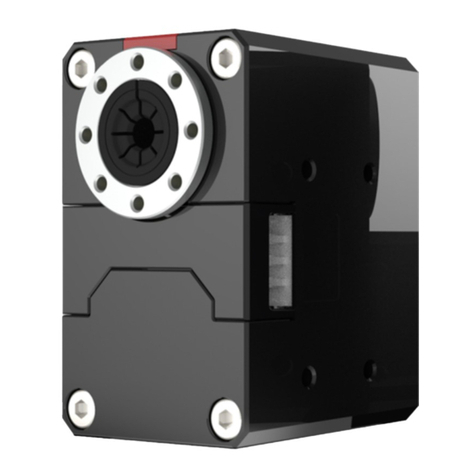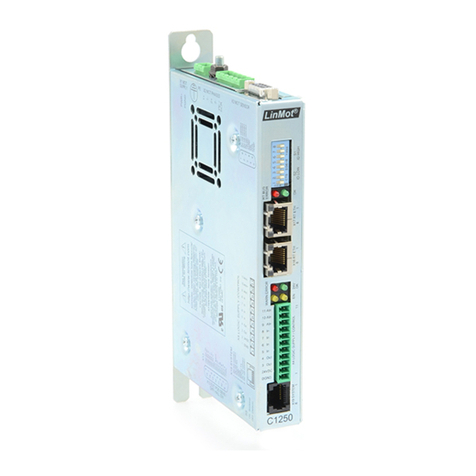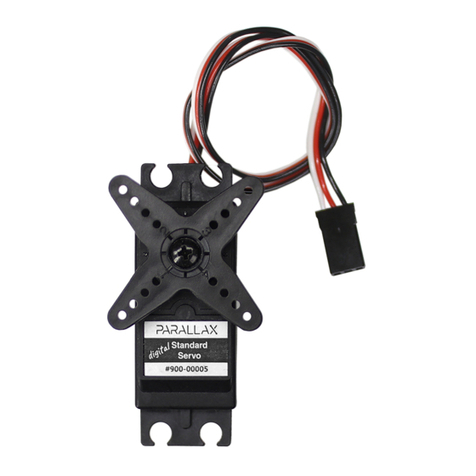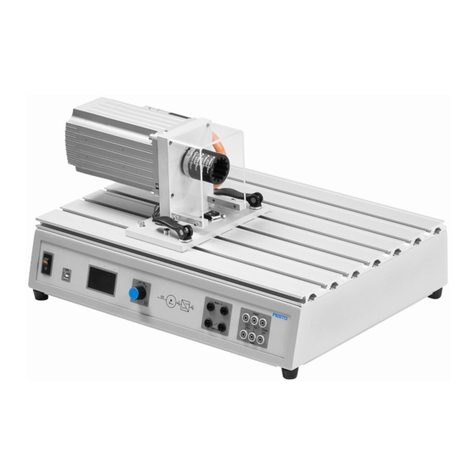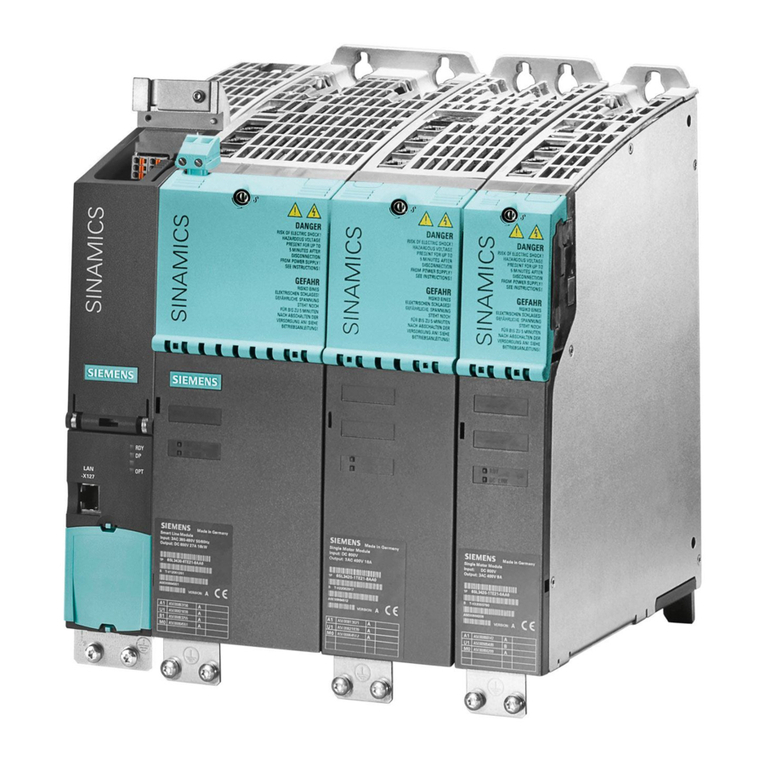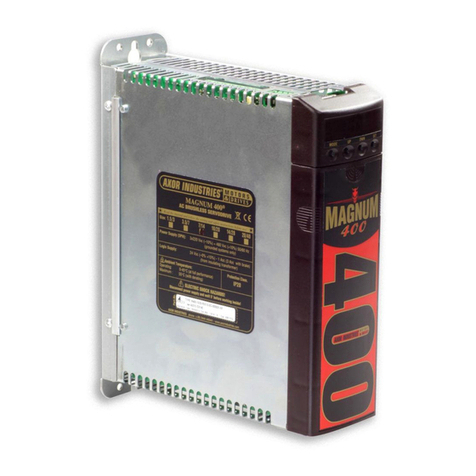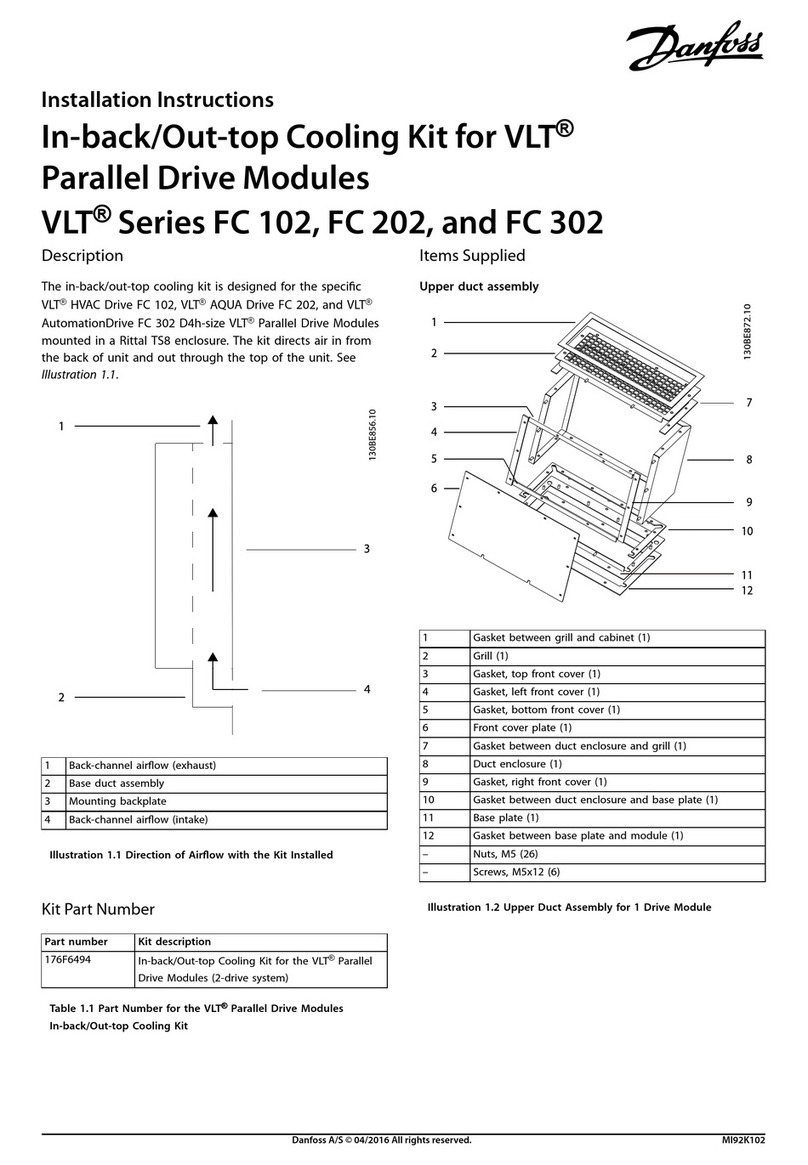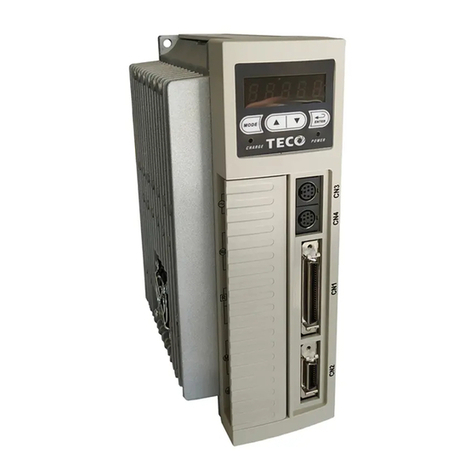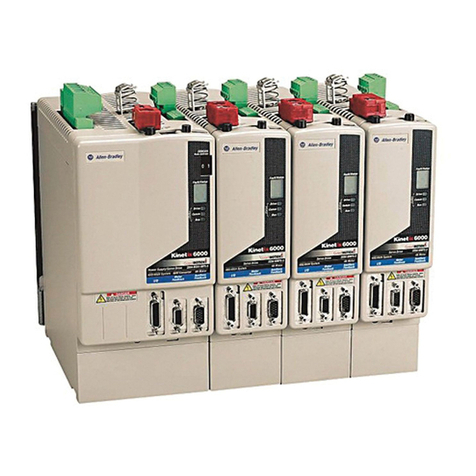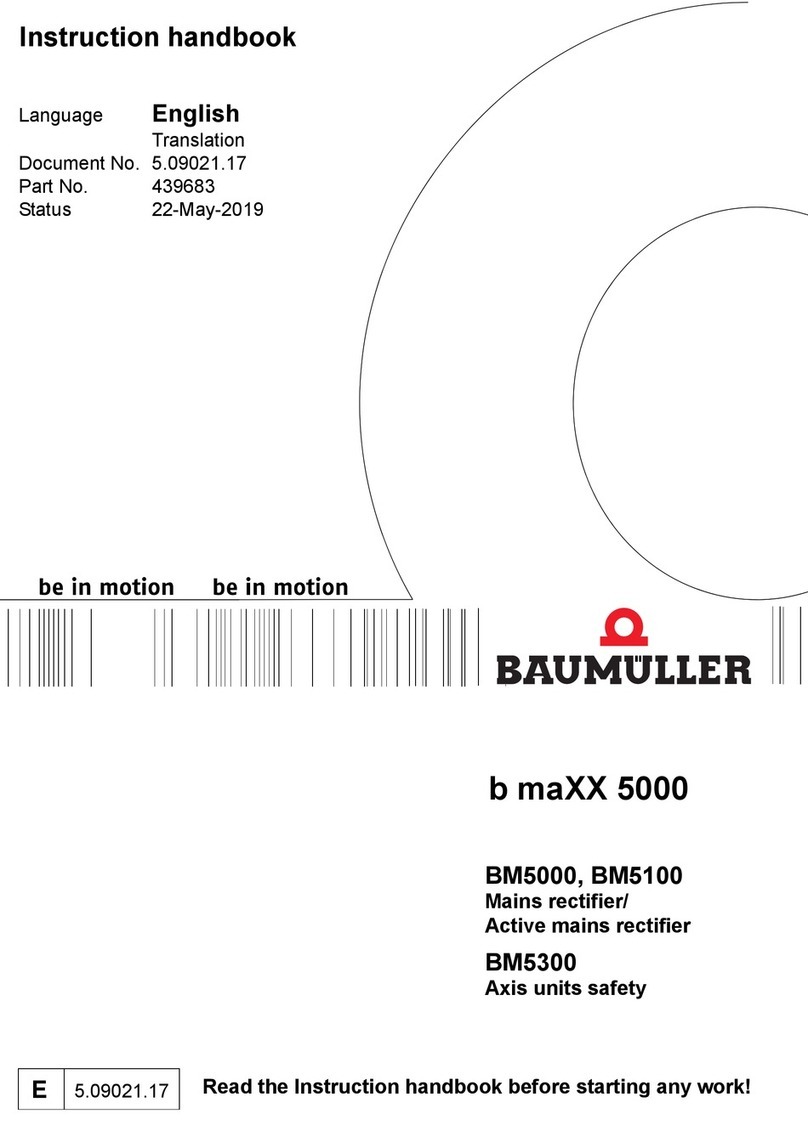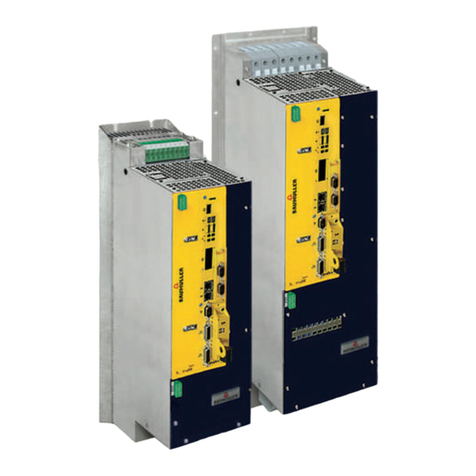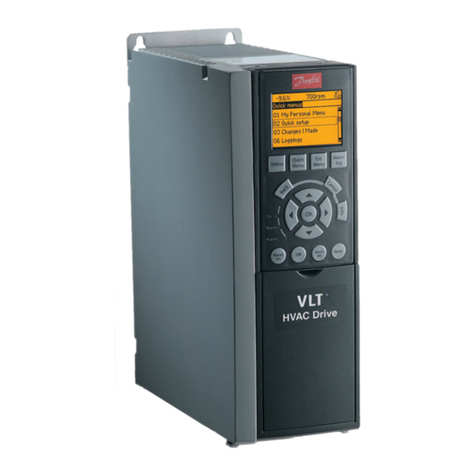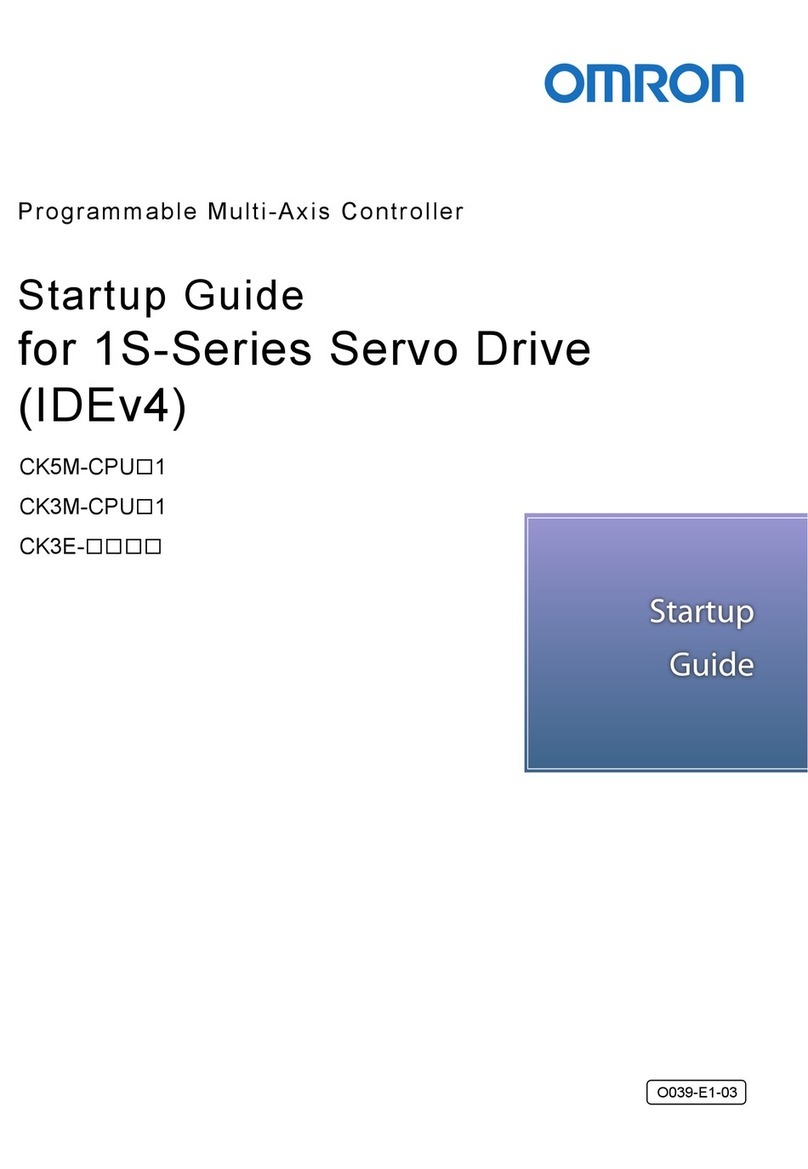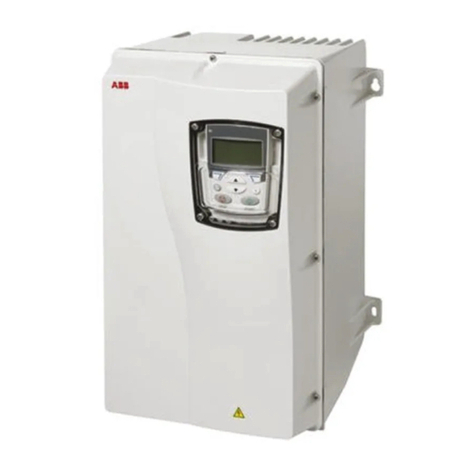
General information
The manufacturer accepts no liability for any consequences resulting from inappropriate,
negligent or incorrect installation or adjustment of the optional operating parameters of
the equipment or from mismatching the variable speed drive (Drive) with the motor.
The contents of this User Guide are believed to be correct at the time of printing. In the
interests of a commitment to a policy of continuous development and improvement, the
manufacturer reserves the right to change the specification of the product or its
performance, or the contents of the User Guide, without notice.
All rights reserved. No parts of this User Guide may be reproduced or transmitted in any
form or by any means, electrical or mechanical including photocopying, recording or by
any information-storage or retrieval system, without permission in writing from the
publisher.
Use within the European Union, etc
The following information applies where the end use of the Drive is within the European
Union, the European Economic Area, or other regions which have implemented Directives
of the European Council or equivalent measures.
The Drive complies with the Low Voltage Directive 73/23/EEC.
The installer is responsible for ensuring that the equipment into which the Drive is
incorporated complies with all relevant Directives.
The complete equipment into which the Drive is incorporated must comply with the EMC
Directive 89/336/EEC.
If the Drive is incorporated into a machine, the manufacturer is responsible for ensuring
that the machine complies with the Machinery Directive 89/392/EEC. In particular, the
electrical equipment should generally comply with European Harmonised Standard
EN60204-1.
Important...
Drive software version
This product is supplied with the latest version of user-interface and machine-control
software. If this product is to be used with other Control Techniques variable speed
drives in an existing system, there may be some differences between their software and
the software in this product. These differences may cause a difference in functions. This
may also apply to variable speed drives returned from a Control Techniques Service
Centre.
If there is any doubt, contact a Control Techniques Drive Centre.
Copyright © November 1999 Control Techniques Drives Ltd
Author: RFD
Issue Code: d2au9
Issue Date: November 1999
S/W Version: V2.01
